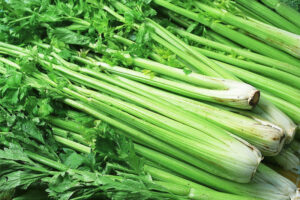
Transplanting ‘Golden Self Blanching’ celery involves specific steps to ensure the plant’s successful growth. This variety is known for its self-blanching characteristic, which means it requires less effort to achieve the pale, tender stalks typically desired in celery. Here’s a guide to help you transplant ‘Golden Self Blanching’ celery:
1. Seedling Preparation
- Start with healthy ‘Golden Self Blanching’ celery seedlings. They should be about 10-12 weeks old and well-established before transplanting.
- Gradually acclimatize the seedlings to outdoor conditions over a week to harden them off.
2. Timing for Transplanting
- Celery prefers cooler weather but not frost. The ideal time to transplant is after the last frost in spring or early summer.
3. Soil Preparation
- Celery thrives in rich, fertile, well-drained soil with plenty of organic matter.
- The soil pH should be between 6.0 and 7.0.
- Work compost or well-rotted manure into the planting area.
4. Transplanting
- Space the plants about 10-12 inches (25-30 cm) apart in rows that are 18-24 inches (45-60 cm) apart.
- Dig a hole for each plant, place the seedling in, and gently firm the soil around it.
- Water the plants thoroughly after transplanting.
5. Watering and Mulching
- Celery requires consistent moisture. Water regularly to keep the soil evenly moist.
- Mulch around the plants to retain moisture and suppress weed growth.
6. Feeding
- Fertilize the plants with a balanced, all-purpose fertilizer a few weeks after transplanting.
- Celery is a heavy feeder and may benefit from additional side dressings of compost or a nitrogen-rich fertilizer during the growing season.
7. Blanching
- Although ‘Golden Self Blanching’ celery is less dependent on blanching, you can still blanch the stems for a milder flavor by wrapping them with paper or boards a few weeks before harvesting.
8. Pest and Disease Management
- Watch for pests like aphids and slugs.
- Practice crop rotation and good sanitation to prevent diseases.
9. Harvesting
- Harvest celery when the stalks are about 1 inch (2.5 cm) in diameter and 6-8 inches (15-20 cm) tall, typically 85-100 days after transplanting.
- Cut the entire plant at soil level or harvest individual stalks as needed.
10. Post-Harvest Care
- After harvesting, remove any remaining plant debris to prevent disease.
Growing ‘Golden Self Blanching’ celery requires attention to watering and soil fertility. It’s a great choice for gardeners who prefer a less labor-intensive variety of celery. For local growing conditions and potential issues, consulting with a local cooperative extension service or experienced gardeners can provide additional, region-specific advice

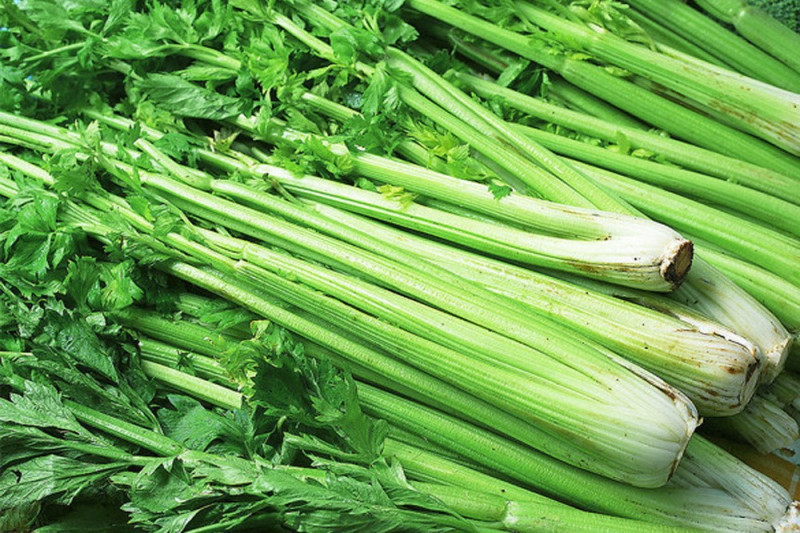
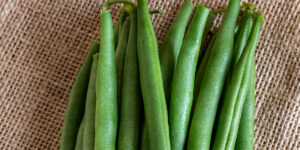
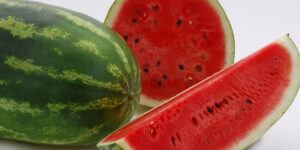
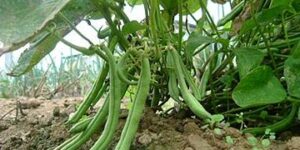
Reviews
There are no reviews yet.